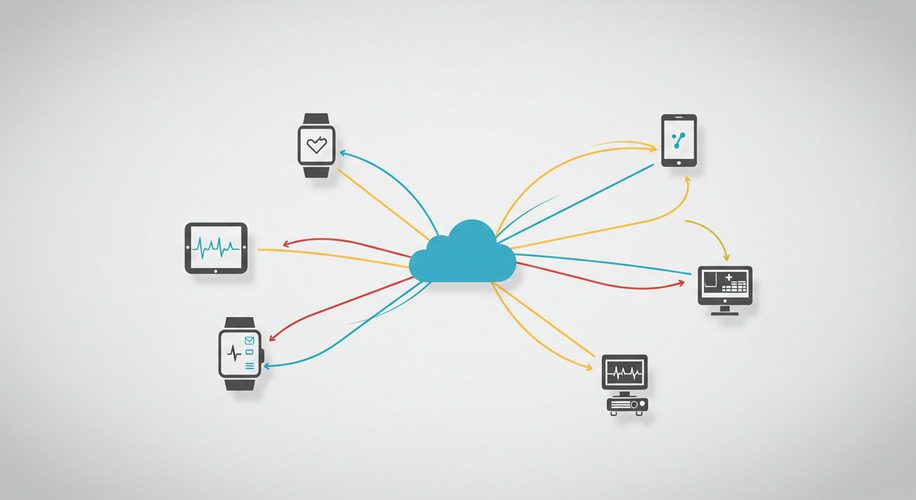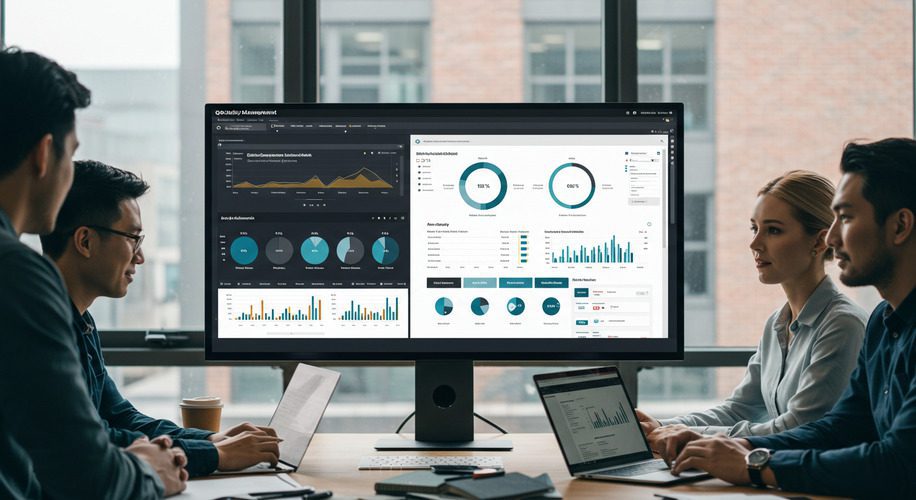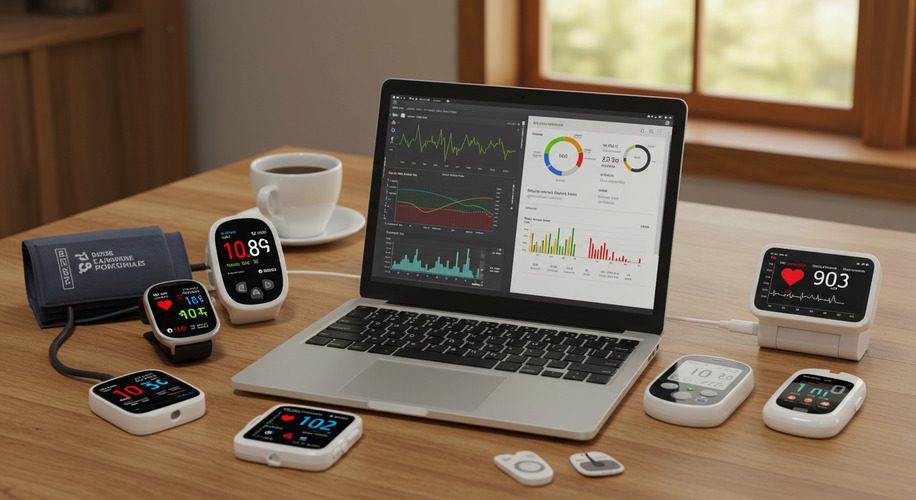
Article
Building Interoperability in SaMD: Tools and Best Practices
This post was previously on the Pathfinder Software site. Pathfinder Software changed its name to Orthogonal in 2016. Read more.
We asked Cameron Brackett, Director of R&D of Honeywell to write a post with his perspective on the space:
Process Management and Agile in an FDA Environment to accelerate product timelines.
My background is primarily in healthcare software, so I’ve seen a lot of changes in the healthcare technology world. And as director of R&D at Life Care Solutions, a division of Honeywell, I’ve been able to be on the cutting edge of what’s happening.
Since I’ve been at Honeywell, we’ve done a lot with remote patient monitoring. About two years ago, we created a new direction in the field. Utilizing a mobile tablet equipped with the Android platform, we created the first telehealth solution available on the Android platform. We developed the software, which turned out to be a great solution, in 5 to 6 months.
Traditionally, in the healthcare space, people build custom hardware that either does not run an OS (operating system) or runs a very lightweight OS which creates challenges in the product’s flexibility. If a device doesn’t have an OS, you have to code everything. So we wanted to move toward a device that had an OS that provided more flexibility and was more off-the-shelf.
The mobile platform we started turned out to be something that met everyone’s needs. While discussing what we were trying to develop the next telehealth generation, we realized we wanted it to be approximately seven inches, to have a touchscreen and to run an OS. Those specifications obviously described a tablet. At that point, we realized that we didn’t want to reinvent the wheel; it didn’t make sense to build a Honeywell tablet since so many already existed in the marketplace.
So we started to explore creating an application to run on already-available mobile platforms. We looked at a number of them, and Android fit into the model we had created. A lot of good has already been done out there in terms of mobile healthcare development, and we want to leverage the work that has already been done. The tablet and its mobile technology were truly providing that leverage for us.
Mobile platforms gave us the flexibility to create a better human user experience. But the Android platform provided us with the capability to have a lot more control than with other operating systems. I think going down the Android path was well-suited for us at the time, and for what we’re trying to accomplish, even to this day. It has definitely proven to be the right choice.
One big challenge we faced was moving into the commercial off-the-shelf space, and how FDA clearance and control of the product changes in that arena. Designing hardware allows you to have complete control and understanding of the device – if something goes wrong, you can find the issue and quickly resolve it. But when you move to the commercial off-the-shelf side, you start to lose a lot of that control.
Coming to terms with the loss of control was an interesting challenge. One of the ways we managed it was to stabilize on a particular platform. With Android, each device or OS is only one aspect of the platform. They’re all different. Our way around this challenge was to resolve to work on a particular Android platform – we decided we would only manage to that. Additionally, we tried to control the system so it wasn’t as multi-device oriented.
I think this certainly made things a lot more comfortable as we started filing for FDA approval, especially in terms of our ability to control and manage the device, and our expectations about its intended use. I think how we chose to manage that issue also provided a level of comfort to the FDA.
As a company, we have a lot of experience working in the FDA environment. We work well within the framework, and we believe in that framework. We think it’s essential to the quality, and to the health care technology direction in general. We really had a positive development experience with the FDA.
Additionally, I think we were able to debunk the popular belief that the FDA stifles product development. This product development proved that FDA doesn’t suffocate the process. We utilized a hybrid Waterfall-Agile methodology, followed the proper FDA guidelines, and developed it along the rapid timeline that we had designed.
Our vast experience with FDA may have led to our success, but really, the FDA requests are not unreasonable for the kind of development we were doing. And while there can be conflicts between FDA regulations and Agile methodology, the method certainly can be employed properly and move forward effectively. It’s up to you as an institution to not use the FDA as an excuse for why you couldn’t do this or couldn’t do that, but as to see it as providing credibility for your development path going forward. You want confidence to be instilled in your solution.
The challenges don’t end once the product is developed and launched, especially in the ever-changing healthcare and technologies industries. The other side of development, which can be detrimental, is determining how to control engineering efforts in the quickly advancing environment so that they’re not simply validating what’s available right now. We moved through multiple iterations of Android, and it quickly becomes costly just to make sure the app worked on each platform. You need to find a way to manage that challenge, which never completely goes away. We were able to mitigate it by concentrating on a particular platform and just managing that – but it’s something we’ll need to address in the future.
We won’t be able to get out of this rapidly changing environment for quite some time because it has so many moving parts. I think that’s one of the challenges you have to recognize in the commercial mobile platform market.
There are so many exciting and new things happening in the healthcare and technology fields on a daily basis, and that in itself can become a very big challenge. It’s really easy to get excited about the new platforms, devices, and advances, and it becomes really tempting to say, “Oh, we should have that too.” While it seems exciting to jump on board because it makes sense, you have to remember that just because you can connect the dots doesn’t mean that you should connect the dots.
I think that that’s probably one of the biggest challenges of the rapidly changing technology of mobile platforms. There are so many things out there, it’s almost like an information bomb of possibilities. You can do this, you can do that, etc. And if you’re not careful, it will paralyze you.
You’ll want to try to incorporate a whole bunch of stuff, and you’ll spend a lot of time doing just that, but things can change so often that, by the time you release the product, it may not be valid anymore. In other cases, it might be valid, but it may not be as useful as the hype claimed. I think that the main thing is to maintain your course and your vision, and be aware of all the exciting, changing technologies happening all around you – but don’t be distracted by them.
Related Posts

Article
Building Interoperability in SaMD: Tools and Best Practices

Article
Leveraging AI/ML in SaMD Development: Benefits and Challenges

Article
ISO 13485 Compliance Checklist for SaMD Development

Article
How to Conduct Post-Market Surveillance for SaMD